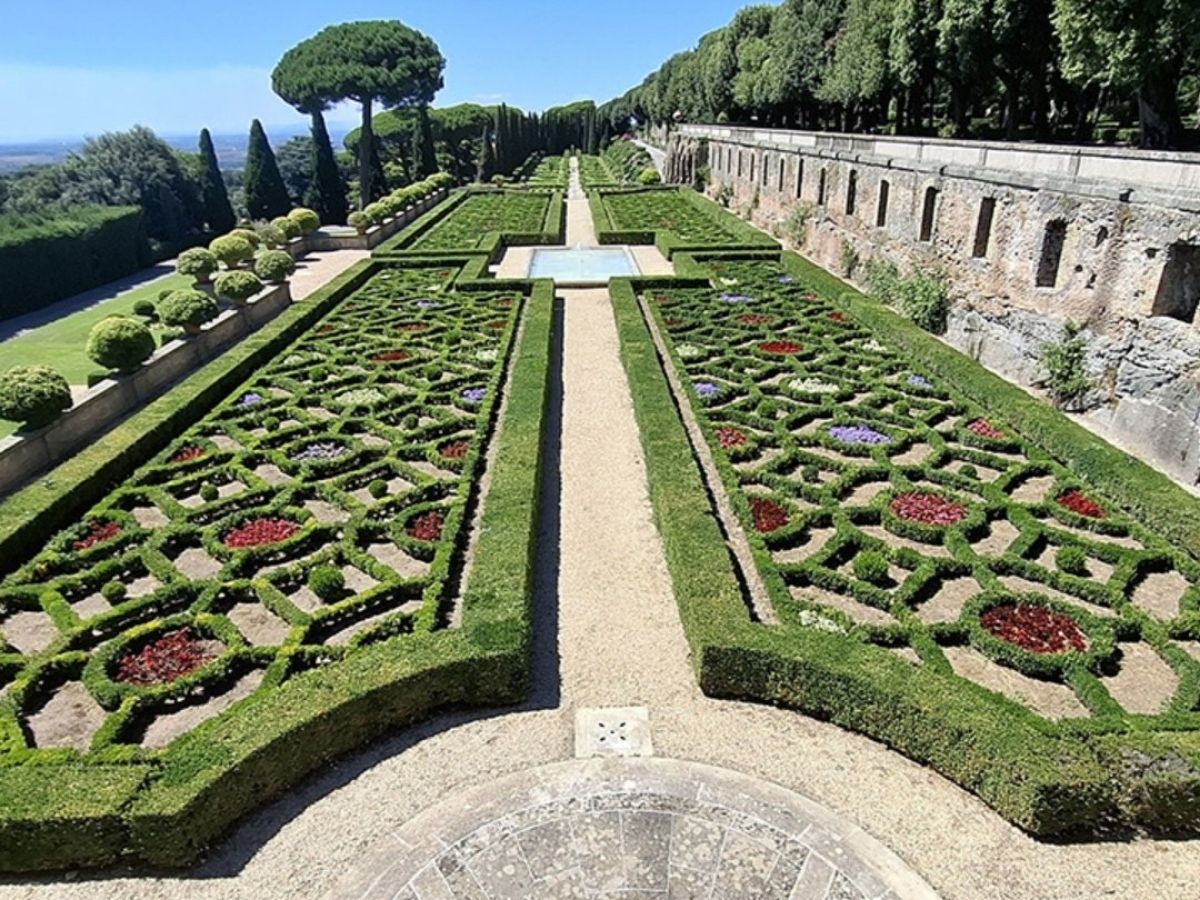the Vatican officially signed an agreement with Italy on Thursday to transform a 430‑hectare field north of Rome — once home to Vatican Radio towers — into a solar farm aiming to power the entire Vatican City, according to a report published by The Associated Press. The plan, approved in principle, would make Vatican City potentially the world’s first carbon‑neutral state, the report said.
Preserving Land, Supporting Communities
According to the report, the deal ensures that the site — known as Santa Maria Galeria — continues limited agricultural use while minimising environmental impact. Though the Vatican avoids Italian import taxes on solar panels, it doesn’t benefit from local solar incentives. Italy, however, can count the output toward the EU clean energy goals. Excess electricity from the farm will go to nearby communities, as reported by AP. The estimated cost, the report said, is under €100 million, pending Italian parliamentary approval.
Redeeming a Controversial Site
The Santa Maria Galeria site has long stirred tensions. Since the 1950s, Vatican Radio’s short-wave transmitters occupied the rural space about 35 km north of Vatican City, prompting health concerns over electromagnetic emissions, particularly among local residents. Although courts cleared the radio operations, the Vatican reportedly halved broadcast hours in 2012 citing cost and tech upgrades.
A Papal Environmental Vision
The initiative has its roots traced back to the tenure of late Pope Francis, who in June 2024 had called for an agrivoltaic project in an apostolic letter titled Fratello Sole. He stressed that solar energy was essential to shifting toward climate neutrality and highlighted the potential of the Santa Maria Galeria site to power entire Vatican City, including the radio station there.
Continuing Francis’ mission, Pope Leo XIV visited the site in June and committed to realising the plan, calling it as an ecological milestone. Reports suggest Pope Leo has since introduced new liturgical readings on creation care, reinforcing the church’s green agenda.
What Comes Next
Once Italian Parliament ratifies the agreement, contracts will be opened for bids. If built, the agrivoltaic plant would cement Vatican City’s role as a global example of ecological leadership, aligning with its Ecological Conversion 2030 roadmap.






